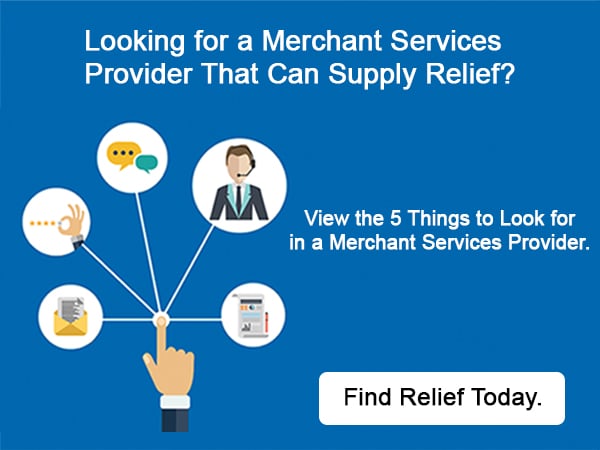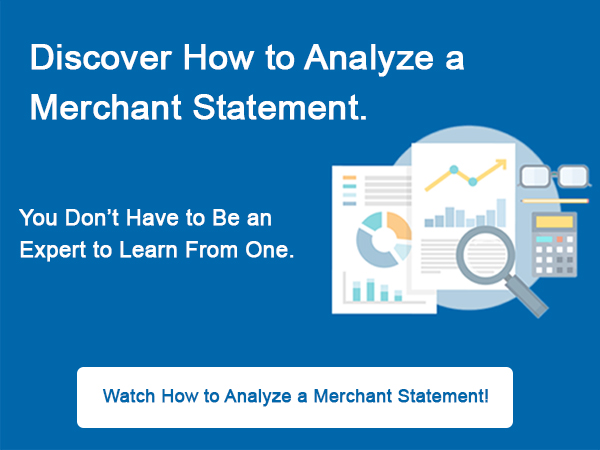Smart devices that use wireless technology to “talk” to each other continue making our lives more efficient. From hailing a cab or ordering a pint of ice cream all from our mobile phone, to refrigerators or printers that sense when supplies are low and automatically prompt a re-order, the number of connected devices worldwide continues to grow.
And perhaps nowhere is the connected device reality more evident to the everyday consumer than in the home – where a reality with every appliance becoming connected is not far off.
As such, it is important for retailers and payments companies to consider rethinking their approach to customer loyalty and engagement as the number of touchpoints grow from traditional brick-and-mortar stores to online, mobile, in-home and beyond.
What’s Being Connected?
The automatic replenishment of supplies is behind a lot of this growth. Depending on the appliance, everything from water pitchers to refrigerators can sense when a product refill is needed and either prompt you to order it or order it for you.
One retailer, for example, has created a refrigerator with interior cameras that take photos every time the door is closed, catalogues the contents and sends the information to a user’s smartphone. From there, the user can see what’s running low and buy the necessary items from online grocers via a credit or debit card that’s secured with a four-digit PIN.
Certain dishwashers take this a step further. After synced with an account and a mobile app, the dishwasher can automatically and securely re-order detergent or washer cleaner when running low. The user has to simply confirm the purchase and await its delivery.
Using this technology doesn’t always require a connection to an appliance. For example, one e-commerce giant has created Wi-Fi-connected devices that re-order a customer’s favorite product with the press of a button. Users can put the small device in cabinets or on shelves next to designated products, and with one click, they can manually order everything from paper towels to pet food.
How Payment Is Collected
Depending on the appliance or device, there are several ways payment providers enable customers to transact remotely and securely.
- Tokenization – Payment tokens are dynamically linked to a cardholder’s account, so the token automatically updates if there are changes to the account information, for example, a card replacement. Tokenization uses a unique substitute value (i.e., a payment token) in place of storing a cardholder’s 16 digit card number, the primary account number (PAN), in your payment system.
- Closed-loop payments – Appliances or devices on a closed-loop system allow consumers to pay for products via a funded spending account, similar to a gift card. As such, they are not linked to a bank account, but to one retailer, which means that discount-aware customers may not like being tied to one place of purchase.
- Payments to multiple merchants – On the other hand, open-loop payments allow appliances like dishwashers and devices like printers to buy from a variety of retailers as long as the card being used is accepted.
Offering a consistent payment experience across all channels, inclusive of connected devices, helps to reduce friction for the consumer when it comes to paying for goods. By providing as many options as possible, you’re engaging your loyal customers by allowing them to pay with whatever form of payment they choose. An added benefit to the consumer, as well as the relationship.
The article and information provided herein are sponsored by Discover Global Network for informational purposes only based on independent research and are not intended as a substitute for professional advice.









 Facebook
Facebook Twitter
Twitter LinkedIn
LinkedIn Youtube
Youtube Glassdoor
Glassdoor